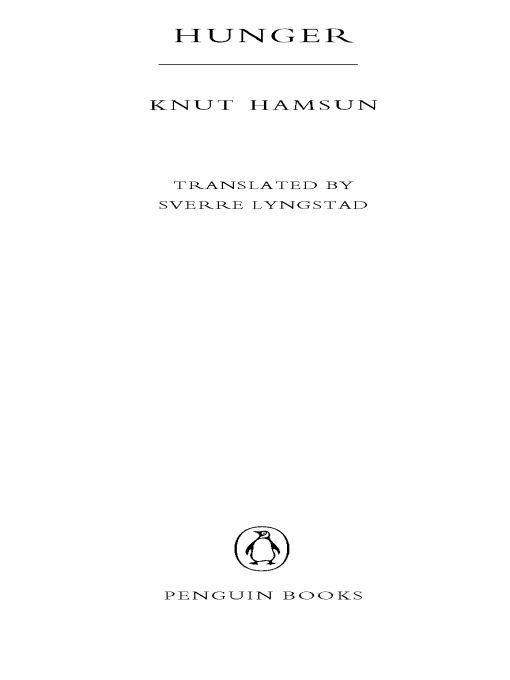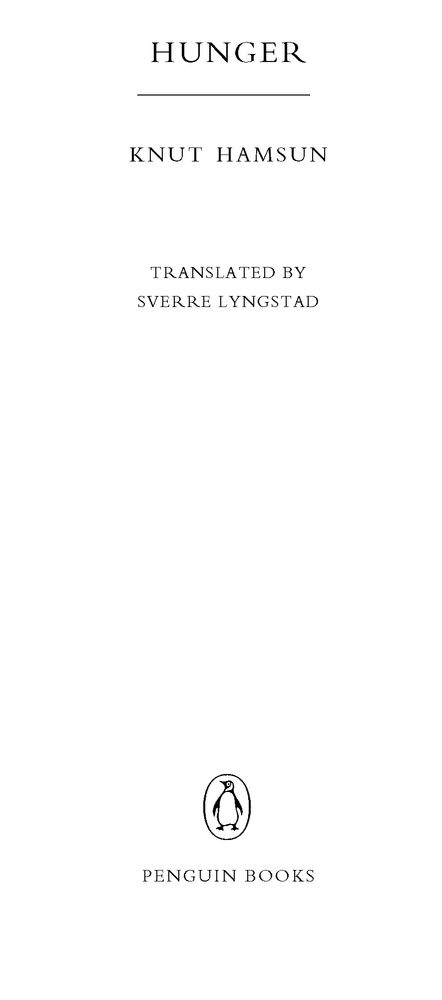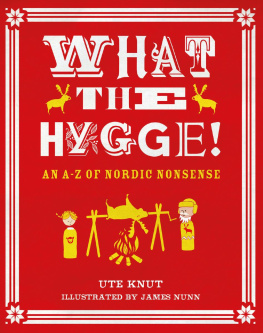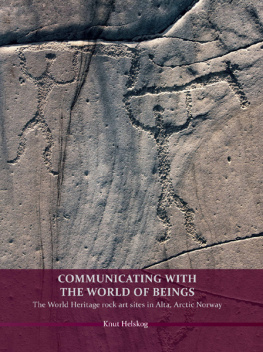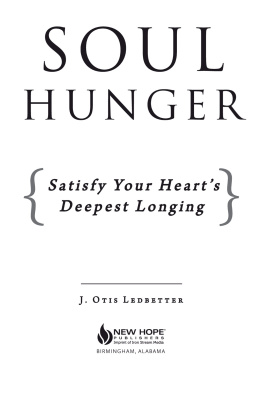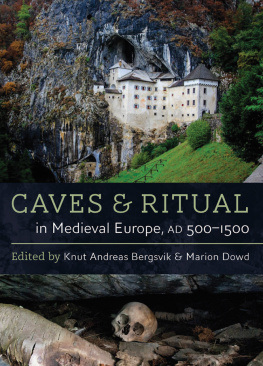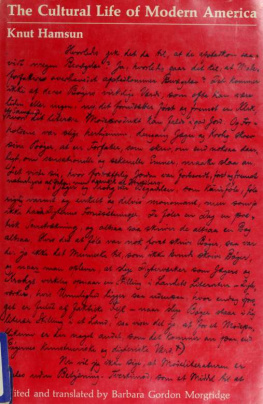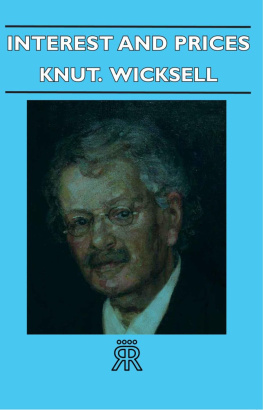Table of Contents
PENGUIN TWENTIETH-CENTURY CLASSICS HUNGER
Knut Hamsun was born in 1859 to a poor peasant family in central Norway. His early literary ambition was thwarted by having to eke out a livingas a schoolmaster, sheriff s assistant, and road laborer in Norway; as a store clerk, farmhand, and streetcar conductor in the American Midwest, where he lived for two extended periods between 1882 and 1888. Based on his own experiences as a struggling writer, Hamsuns first novel, Sult (1890; tr. Hunger, 1899), was an immediate critical success. While also a poet and playwright, Hamsun made his mark on European literature as a novelist. Finding the contemporary novel plot-ridden, psychologically unsophisticated and didactic, he aimed to transform it so as to accommodate contingency and the irrational, the nuances of conscious and subconscious life as well as the vagaries of human behavior. Hamsuns innovative aesthetic is exemplified in his successive novels of the decade: Mysteries (1892), Pan (1894), and Victoria (1898). Perhaps his best-known work is The Growth of the Soil (1917), which earned him the Nobel Prize in 1920. After the Second World War, as a result of his openly expressed Nazi sympathies during the German occupation of Norway, Hamsun forfeited his considerable fortune to the state. He died in poverty in 1952.
Sverre Lyngstad, Distinguished Professor Emeritus of English and Comparative Literature at New Jersey Institute of Technology, New-ark, New Jersey, holds degrees in English from the University of Oslo, the University of Washington, Seattle, and New York University. He is the author of many books and articles in the field of Scandinavian literature, including Jonas Lie (1977) and Sigurd Hoels Fiction (1984), coauthor of Ivan Goncharov (1971), and cotranslator of Tolstoys Childhood, Boyhood, and Youth (1968). Among his more recent translations from Norwegian are Knut Faldbakkens Adams Diary (1988), Sigurd Hoels The Troll Circle (1992) and The Road to the Worlds End (1995), and Knut Hamsuns Rosa (1997). Dr. Lyngstad is the recipient of several grants, prizes, and awards, and has been honored with the St. Olav Medal by the King of Norway. He is currently preparing a critical study of Knut Hamsuns novels.
INTRODUCTION
WHEN THE anonymous Hunger fragmentsubstantially Part Two of the novelappeared in the Copenhagen journal Ny Jord (New Earth) in November 1888, it set off a flurry of conjectures as to who could have produced such an extraordinary piece of writing. The favorite was Arne Garborg (1851-1924), well known for having depicted poverty among rural students in Kristiania (now Oslo) five years earlier. But Garborgs novel Bondestudentar (1883; Peasant Students), written in the spirit of naturalism, had an explicit social tendency that set it apart from the newly published piece.
A Norwegian newspaper (Verdens Gang) soon revealed the identity of the author, while stating, mistakenly, that he was living in America. Hamsun, who had wanted to retain his anonymity until the book was completed, now found himself famous overnight and a welcome guest in the drawing rooms of Copenhagens intellectual luminaries. He was invited to lecture on America under the auspices of the Copenhagen Student Association and earned praise from Georg Brandes (1842-1927), the eminent critic. It was the latters brother, Edvard Brandes (1847-1931), editor of the daily Politiken, who had discovered Hamsun and persuaded Carl Behrens (1867-1946) to publish the Hunger fragment in his journal, Ny Jord. Hamsun decided to expand the lectures into a book, Fra det moderne Amerikas ndsliv (1889; The Cultural Life of Modern America, 1969), which forced him to postpone work on Hunger. The complete text appeared only in 1890.
The success of Hamsuns first novel recalls the instant fame that came to Dostoyevsky in 1846 with the appearance of Poor Folk, which ushered in the Natural School in Russian literature. The Danish author and critic Erik Skram called the publication of Hunger a literary event of the first rank, It was translated into German the same year, into Russian in 1892. The first English translation had to wait until 1899. Many critics consider the novel to be Knut Hamsuns best, though he went on to write twenty more in a literary career that had begun much earlier and exceeded seventy years.
By the time the fragment came out in 1888, Hamsun had served a literary apprenticeship of more than ten years and experienced life on two continents. That life, never an easy one, was often marked by severe hardship. Born to an impoverished peasant family at Garmotrdet, Lom, in central Norway in 1859, Knut Pedersen, to use his baptismal name, had a difficult childhood. In the summer of 1862, when Knut was less than three years old, his father, a tailor, moved with his family to Hamary north of the Arctic Circle, where he worked on the farm Hamsund, which belonged to his brother-in-law, Hans Olsen. From nine to fourteen Hamsun was a sort of indentured servant to his uncle, since the family was financially dependent on him. The boys beautiful penmanship made him particularly valuable to his uncle: Hans Olsen suffered from palsy and needed a scribe for his multifarious business, from shopkeeper to librarian and postmaster. The uncle treated Knut rather cruelly; he would rap his knuckles with a long ruler at the slightest slip of the pen. On Sundays the boy had to sit indoors reading edifying literature to Olsen and his pietist brethren, while his friends were outside waiting for him. No wonder Knut loved tending the parsons cattle, which allowed him to lie on his back in the woods dreaming his time away and writing on the sky. Very likely, these hours of solitary musings far from the tyranny of his uncle acted as a stimulus to young Hamsuns imagination. His schooling, starting at the age of nine, was sporadic, and his family had no literary culture. However, the library at his uncles farm may have provided a modicum of sustenance for his childhood dreams.
During his adolescence and youth Hamsun led a virtually nomadic existence, at first in various parts of Norway, later in the United States. After being confirmed in the church of his native parish in 1873, he was a store clerk in his god-fathers business in Lom for a year, then returned north to work in the same capacity for a merchant at Trany, not far from his parents place. There Hamsun seems to have fallen in love with the bosss daughter, Laura. It is uncertain whether the young man was asked to leave because of his infatuation with Laura, or because of the bankruptcy of Mr. Walse in 1875. In the next few years he supported himself as a peddler, shoemakers apprentice, schoolmaster, and sheriff s assistant in different parts of Nordland. After the failure of his literary ventures in the late 1870s, the school of life took the form of road construction work for a year and a half (1880-81).
Hamsuns dream of becoming a writer had been conceived at an early age, amid circumstances that gave him no choice but to fend for himself. If ever a writer can be said to have been self-made or self-taught, Hamsun was one. Not surprisingly, the two narratives published in his teens, Den Gdefulde (1877; The Enigmatic One) and Bjrger (1878), were clumsy and insignificant. The former is an idyllic tale in the manner of magazine fiction, in a language more Danish than Norwegian. The latter, a short novel, was modeled on Bjrnstjerne Bjrnsons peasant tales of the 1850s. In 1879, with the support of a prosperous Nordland businessman, E. B. K. Zahl, Hamsun wrote another novel, Frida, which he presented to Frederik Hegel at Gyldendal Publishers in Copenhagen. It was turned down without comment. The manuscript of this storywhich was dismissed by Bjrnson (1832-1910), Hamsuns idol, as wellhas been lost. Bjrnson suggested he become an actor. Thus, in early 1880, shortly after his twentieth birthday, the first period of Hamsuns literary apprenticeship came to an end.

